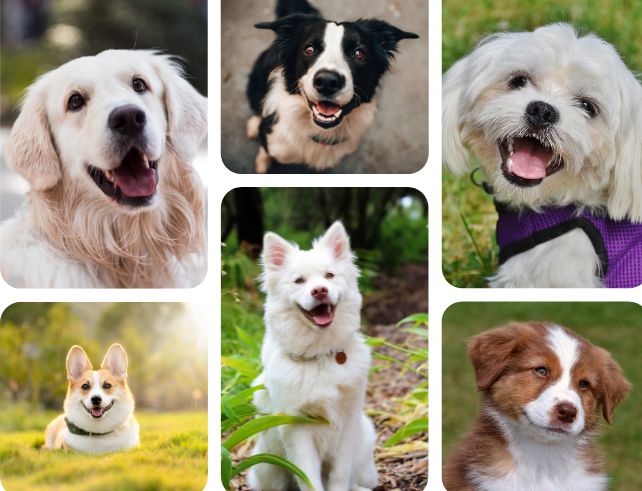In the vast world of pet ownership, perhaps nothing is more rewarding or challenging as handling dogs. As we have navigated through history, our understanding and methods of dog handling have drastically evolved. It has been a journey from survival-centric partnerships to a more relationship-focused approach, based on mutual understanding, respect, and love.
Evolution in Dog Handling: A Brief Overview

In the early ages, dogs were primarily kept for utilitarian purposes. As hunter-gatherers, humans found in dogs a valuable ally. These early canines were strong, alert, and fierce. They helped in hunting, protected the tribe, and in return, were given food and shelter. The concept of training or handling these dogs was limited to what was necessary for survival.
Fast forward to the Victorian era when dogs started getting bred for aesthetics and specific traits. People started keeping dogs as pets, and the relationship deepened. The approach to dog handling became more structured, yet, it was more about obedience and discipline than about understanding the dog’s psychology.
Modern dog handling started to take form in the mid-20th century with the advent of scientific research into animal behavior. The new age of dog handling was born, one that took into account the dog’s emotions, needs, and individual personality.
The Current Landscape of Dog Handling

Today, dog handling is a blend of science, empathy, and understanding. It’s about building a bond with your dog, one that’s based on mutual trust and respect. And here’s how we are achieving it:
1. Positive Reinforcement

No longer do we rely on dominance and punishment as means of training. The majority of dog handlers and trainers now use positive reinforcement techniques. This involves rewarding good behavior which makes it more likely to be repeated, and ignoring or redirecting unwanted behaviors.
For example, if your dog sits on command, they receive a treat. This simple approach reinforces the behavior, making your dog more likely to sit when asked in the future.
2. Canine Enrichment

Enrichment activities have taken a front seat in dog handling. These activities stimulate your dog’s mind and body, reducing boredom and associated behaviors like digging or chewing. Enrichment can range from puzzle toys and agility courses to simple games of fetch.
3. Understanding Dog Body Language

More dog handlers are now investing time in understanding canine body language. This allows them to react appropriately to their dog’s needs, minimizing stress and enhancing the bond between them. A tucked tail, pinned ears, or avoidance behavior could signal fear or discomfort. On the other hand, a wagging tail, relaxed ears, and an open mouth could signify a happy and relaxed dog.
4. Dog-Friendly Spaces

The rise of dog-friendly spaces, such as cafes, parks, and even offices, has added a new dimension to dog handling. It helps socialize dogs, getting them accustomed to various people, environments, and other animals, which in turn helps in their overall behavior and temperament.
5. Professional Dog Training

Professional dog training has also seen a shift. It’s no longer just about obedience training. It now covers aspects like behavior modification, fear and aggression management, and specialized training for therapy or service dogs.
The Way Forward

As our understanding of dogs deepens, so will our approach to dog handling. We anticipate seeing more personalized dog training programs, using technologies like AI to understand a dog’s specific needs and tailor a program accordingly.
We also hope to see an increase in education around dog handling for owners, so they can make informed decisions about their dog’s care and training. This, we believe, will lead to happier dogs and happier owners.
Dog handling has indeed come a long way, and this journey isn’t over. It’s evolving every day, with every wag, woof, and lick teaching us something new about our four-legged companions. So, embrace the changes, keep learning, and let’s pave the way for a better future for our dogs.Read others

